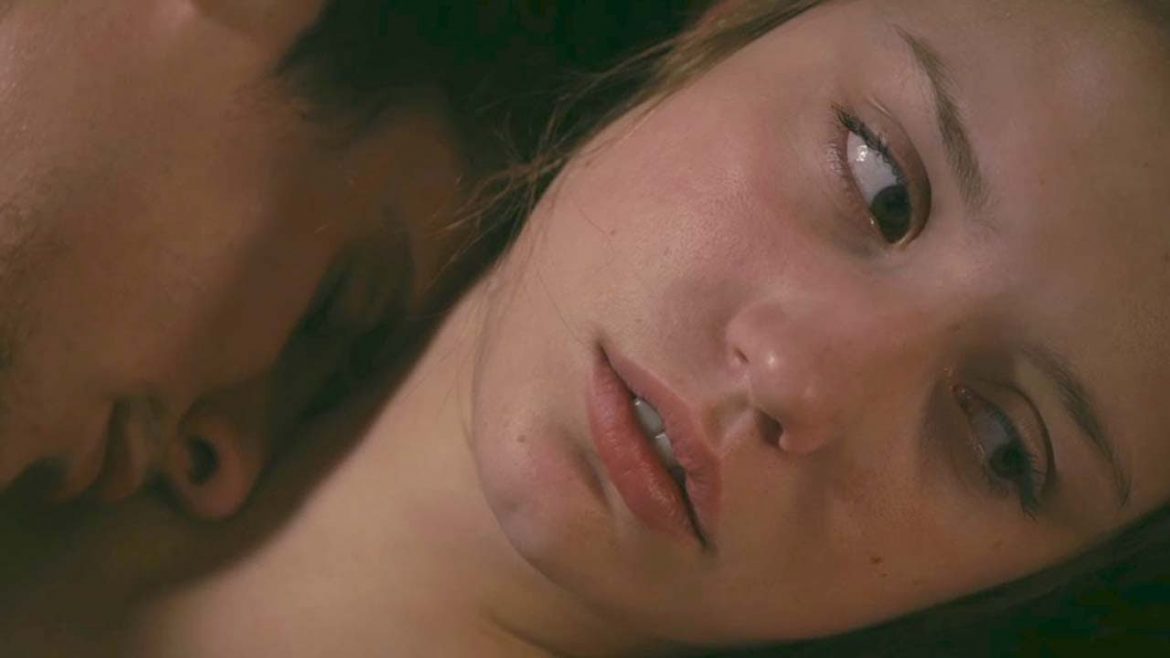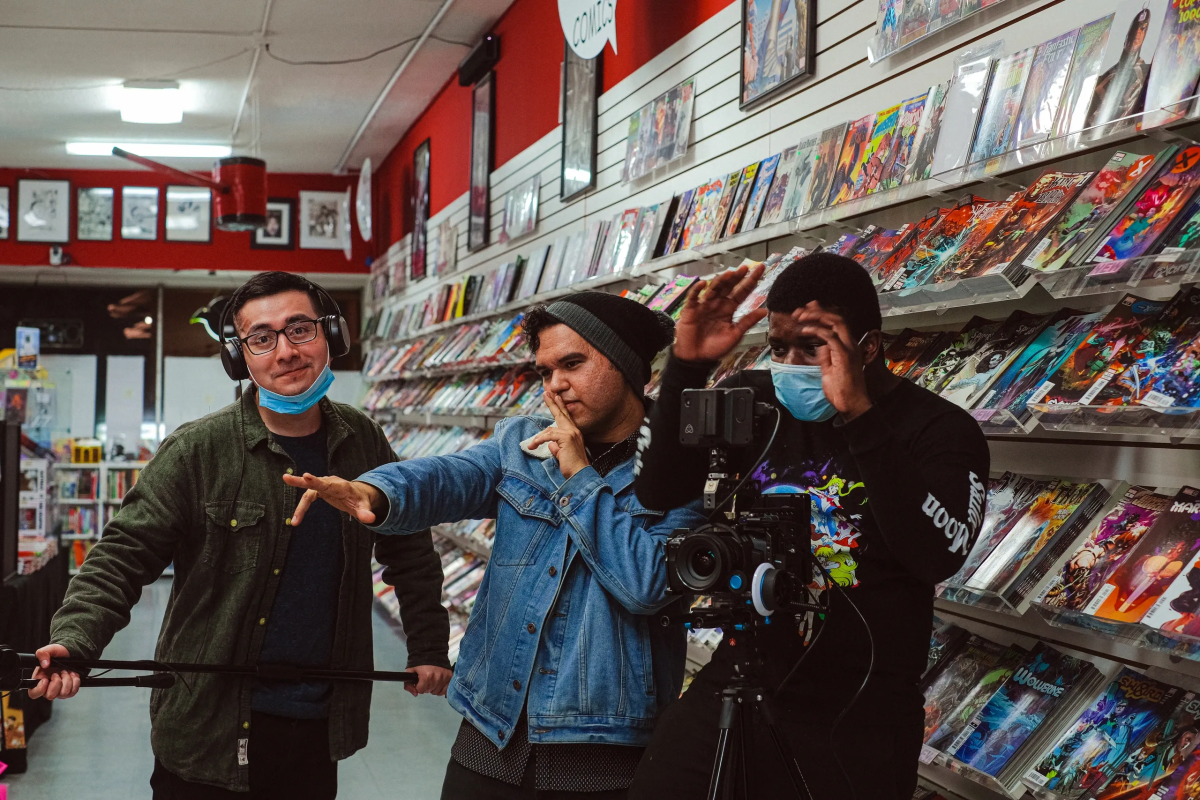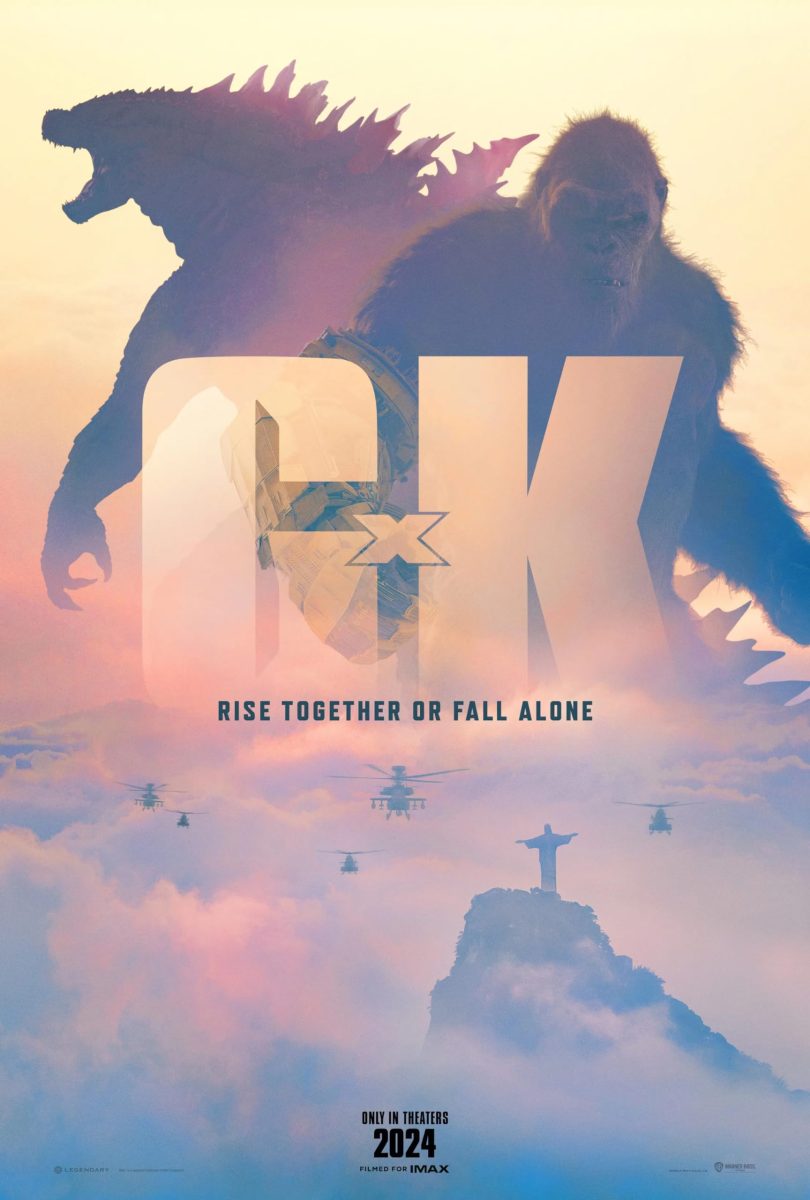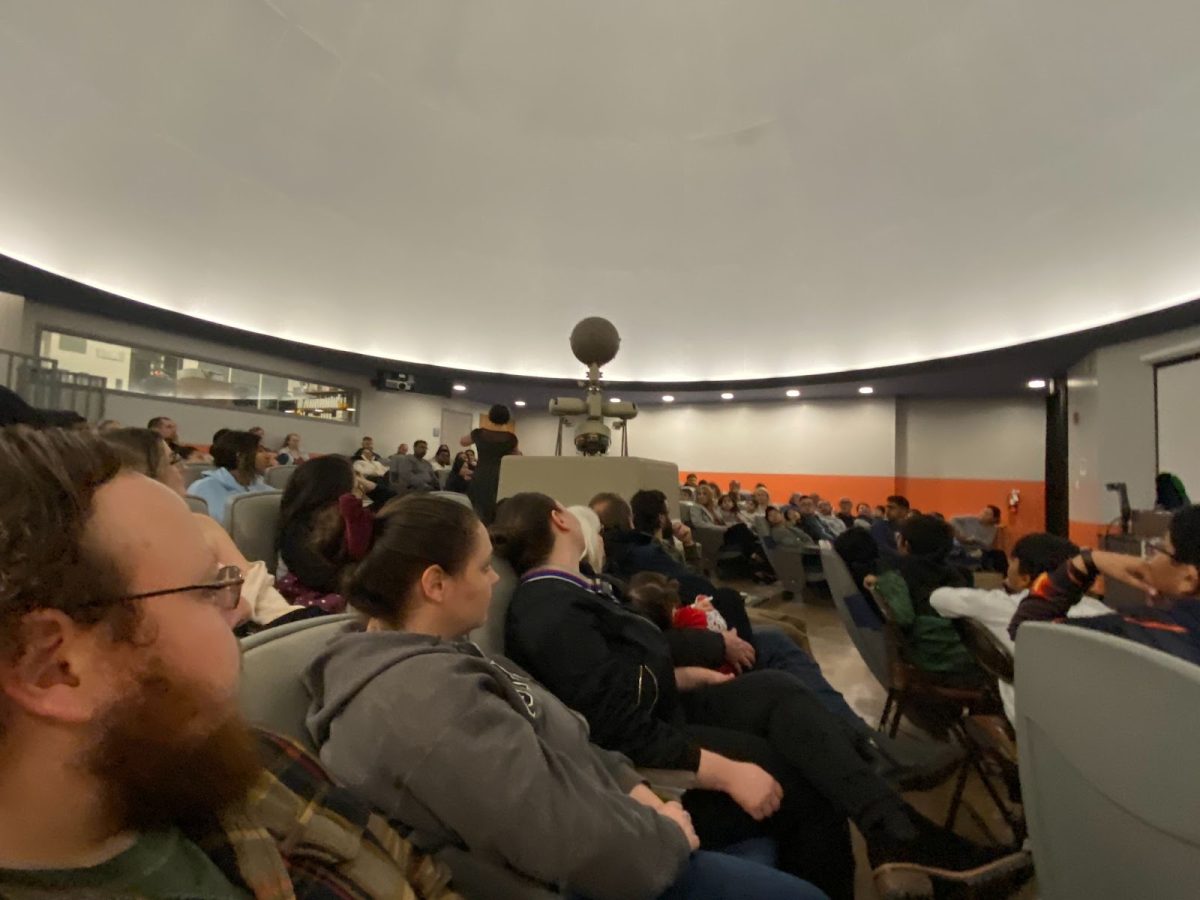Director Abdellatif Kechiche’s realism is fascinating. It’s also the driving force behind “Blue is the Warmest Color,” a raw filmic meditation on loneliness, affliction, love and letting go. And all of that is excruciatingly difficult for Adele. (Adèle Exarchopoulos) She’s uncomfortable in her own skin, tortured by her discovery and exploration of her sexuality which come to a collision when she falls for the mysterious Emma, (Lea Seydoux) the cerulean girl of Adèle’s affection.
While there’s an abundance of dialogue, Adèle’s story is essentially visual, unfolding like a silent film without the title cards. She’s captured in tight and immersive close-ups that reveal her constant discomfort, inner turmoil, confusion and fleeting optimism.
In a sense, the use of dialogue is secondary but necessary and makes up the bulk of the film’s three-hour length. But you hardly ever feel it. Instead, you get sucked into Kechiche’s fascination for making the seeming mundane magical.
Characters discuss subjects as varied as music, passions, art, food, love, in one scene we are privy to the preparation of a delicious pot of pasta, spaghetti being tossed together, salivate as it’s being eaten and before you know it you’re there, with the characters.
Kechiche isn’t making a documentary, but he’s certainly documenting something fascinating. He shows us realities we all wish to run from, keep secret and buried. Cataloging moments that we may have all experienced in our own ways. But it’s not these moments that push the story forward, it’s the ways in which we watch the characters watch each other, think deeply to themselves and take bold actions.
And the film is bold. Much has been said about the film’s graphically real sex scenes between Adèle and Emma. Are they necessary? There are two of them. The second one is gratuitous and as for the initial one, it’s intentionally uncomfortable to watch and does drag on much longer than it needs to, but beyond that it works.
Every preceding moment spent watching Adèle, and in a sense becoming her, leads up to “the scene.” Here’s a girl who’s utterly lost in her own skin, sexually repressed, emotionally damaged and without passion. Kechiche sets those elements up so well that we have to vicariously experience her first true sexual awakening.
But in all of Kechiche’s skillfulness and obsession with sucking you in with his raw and mystical realism, he neglects to deliver in other, simpler, areas. He isn’t as concerned about executing in the other technical and important aspects of storytelling say, convincingly chronicling the passage of time. You move from year to year and wonder how you got there.
Then there’s the set up of possible external conflicts that aren’t given the proper attention, not nearly as much as the brilliantly raw and real moments that do work. The film is at its strongest in exploring inner conflict, self-destruction and it is here that we see a powerful, albeit controversial, collaboration of director and actor to create and realize some staggeringly breathtaking performances.
It’s a story about loneliness. About never getting things right the first time, the horror of screwing up the one thing you loved the most and struggling to move on beyond the lingering guilt. And it’s harsh because as we watch Adèle walk away in the final beats of the film we know she will never quite be the same.






